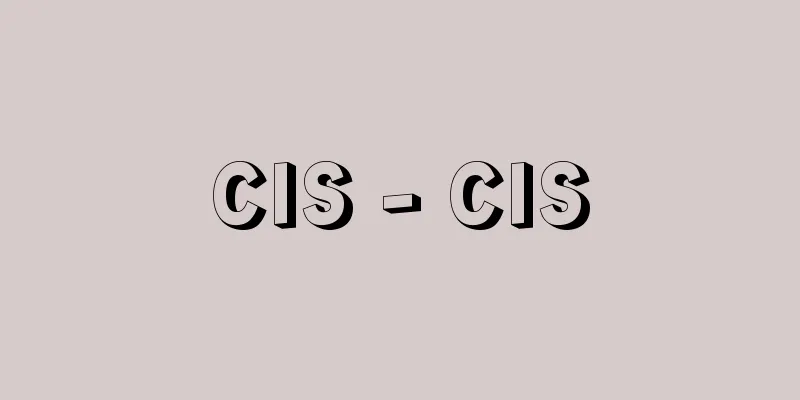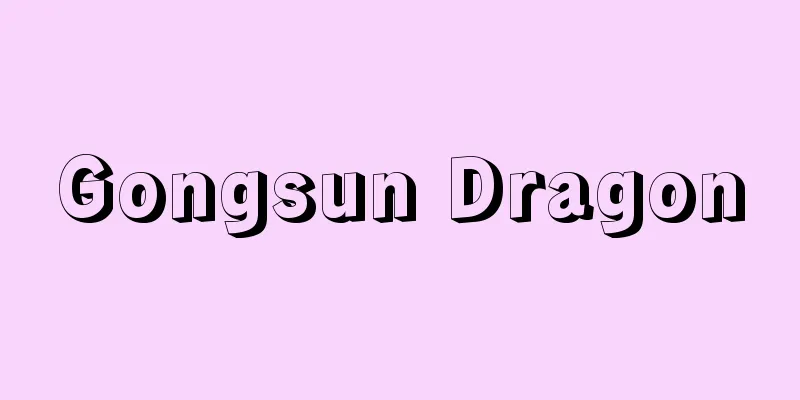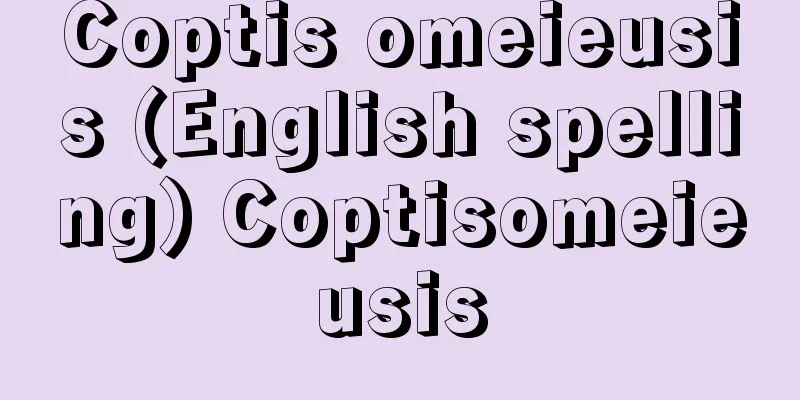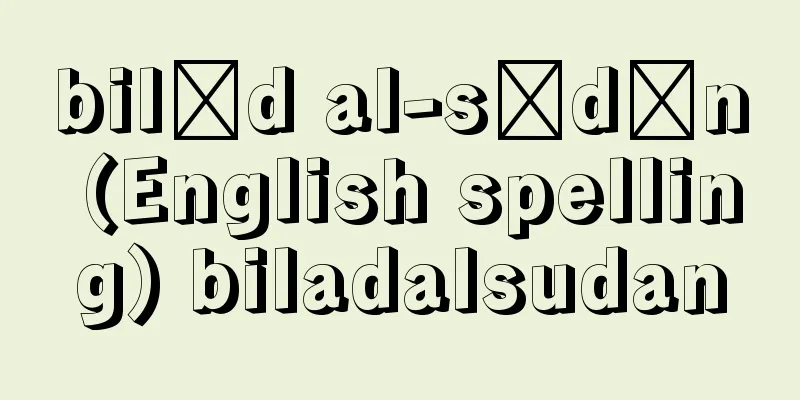CIS - CIS

|
The abbreviation for Commonwealth of Independent States, a federation of nations formed by the constituent republics of the former Soviet Union. Its headquarters are in Minsk, the capital of Belarus. In December 1991, the protocol for the creation of the community was signed by 11 countries, Russia, Ukraine, Belarus, Kazakhstan, Uzbekistan, Tajikistan, Turkmenistan, Kyrgyzstan (now Kyrgyzstan), Moldova, Azerbaijan, and Armenia, excluding the three Baltic states and Georgia. As a result, the Soviet Union ceased to exist. In December 1993, Georgia joined, bringing the number of countries to 12, but Ukraine (1993) and Turkmenistan (1994) became guest participating countries. Furthermore, Georgia withdrew in 2009, and Ukraine also declared its withdrawal in 2014, so as of 2015, the number of official participating countries is 9. It aims to be an EU (European Union) type regional alliance, with a summit conference consisting of the highest leaders of the member states as its highest decision-making body. Member states are equal, and each member state has agreed to a non-aggression agreement on its territory. It aims to unify the management of nuclear weapons and establish a joint economic area, but little progress has been made in areas other than nuclear weapons. Russia, the core of the member states, wants to strengthen the unity of the CIS in opposition to the eastward expansion of the North Atlantic Treaty Organization (NATO), but the interests of each member state do not coincide, and the alliance is showing signs of becoming a mere formality. [Editorial Department] Source: Shogakukan Encyclopedia Nipponica About Encyclopedia Nipponica Information | Legend |
|
旧ソビエト連邦の構成共和国で形成された国家連合の独立国家共同体Commonwealth of Independent Statesの略称。本部はベラルーシの首都ミンスクに置かれる。1991年12月、バルト三国とジョージア(グルジア)を除いたロシア、ウクライナ、ベラルーシ、カザフスタン、ウズベキスタン、タジキスタン、トルクメニスタン、キルギスタン(現、キルギス)、モルドバ、アゼルバイジャン、アルメニアの11か国によって共同体創設のための議定書調印が行われた。これによってソ連は消滅した。1993年12月にはジョージアが加わり12か国となったが、ウクライナ(1993年)とトルクメニスタン(1994年)は客員参加国に変更となった。さらにジョージアが2009年に脱退、ウクライナも2014年に脱退宣言を行ったため、2015年時点での正式参加国数は9。EU(ヨーロッパ連合)型地域同盟を目ざしており、加盟国の最高指導者で構成される首脳会議が最高意思決定機関である。加盟国は平等であり、かつ互いに領土の不可侵を定めている。核兵器の統一管理、共同経済地域の設立などを目標としているが、核兵器以外は成果があまりみられていない。加盟国の中心であるロシアは、北大西洋条約機構(NATO)の東方進出に対抗してCISの結束を強化したい意向であるが、各国の利害が一致せず、形骸化の傾向がみられる。 [編集部] 出典 小学館 日本大百科全書(ニッポニカ)日本大百科全書(ニッポニカ)について 情報 | 凡例 |
Recommend
Nakatomi's residence guardian
Years of birth: unknown. A poet from the Nara peri...
Alfons Mucha
Czechoslovakian painter and decorative artist. Hi...
Whistler - James Abbott McNeill Whistler
An American painter who was active mainly in Lond...
Jellicoe, JR (English spelling)
…a strategic point in the waters connecting the N...
Pharaoh's ant
An insect belonging to the family Formicidae in t...
Glycogen storage disease - Glycogenosis
What is the disease? Glycogen, like fat, is one o...
sankirtan (English spelling)
…He was from the Shimpī (tailor) caste and played...
Argyropoulos, I.
… The development of Greek studies, which became ...
Giner de los Rios, F. (English spelling) Giner delos Rios F
…It was founded in 1876 by university and seconda...
Analog circuit - Analogue circuit
An electronic circuit that amplifies or decreases ...
Egbert
King of Wessex (reigned 802-839). He spent his chi...
Many shrines - Ojinja
…According to the Kojiki and Nihon Shoki, the anc...
International Air Transport Association
…Abbreviation for International Air Transport Ass...
American points system
… Currently, there are three types of Japanese ty...
Maruko [town] - Maruko
A former town in Chiisagata County, south of Ueda ...









